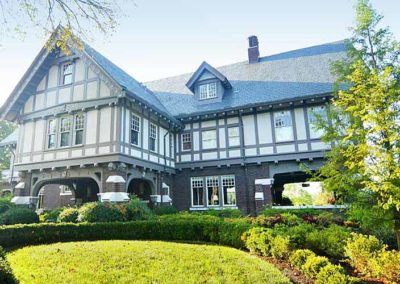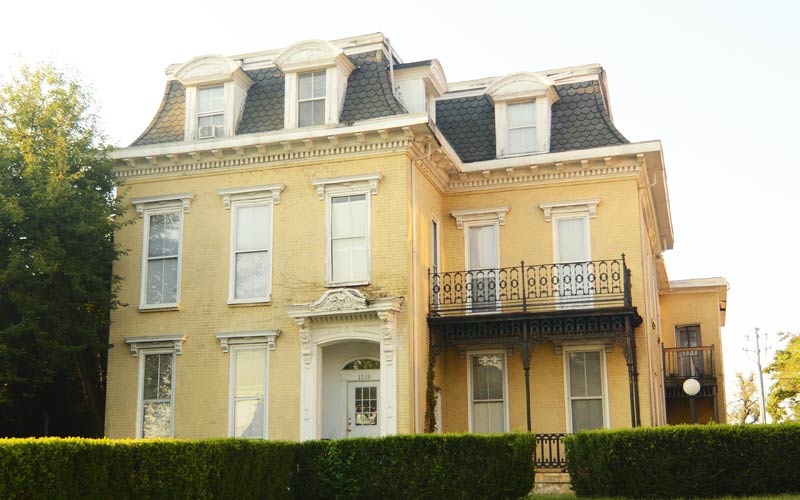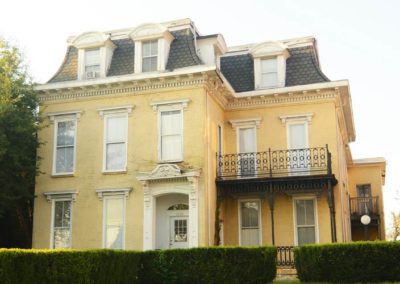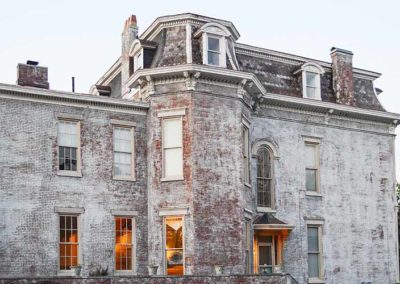
Tudor Revival
Tudor Revival

From cottages to mansions, it’s easily identified by its characteristic half-timbering, a decorative treatment that appears to expose structural elements. The spaces between the timbers are “nogged” (filled-in) with stone or brick, and are usually stuccoed, but occasionally left exposed.
They may also be a combination of brick, rubble stone, and half-timbering. Steeply pitched roofs have intersecting gables and dormer windows. Casement or double hung windows are multi-paned, often with diamond shaped panes. Irregular floor plans, slate or terra cotta tile roofs, and massive, decorative brick chimneys are other characteristics.
Tudor Revival was based on 17th-century Elizabethan architecture in England, revived by English architect Richard Norman Shaw in the 1880s. Elements of the style first appeared in the U.S. on houses of Queen Anne form. When Tudor Revival finally emerged as a style of its own, its houses resembled a type of English country cottage popularized in builders’ guides.
The style was one of the more popular of early 20th-century styles in Louisville. Upper Clifton, Cherokee, and Seneca Gardens are some of the neighborhoods that have a large number of Tudor Revival houses.



